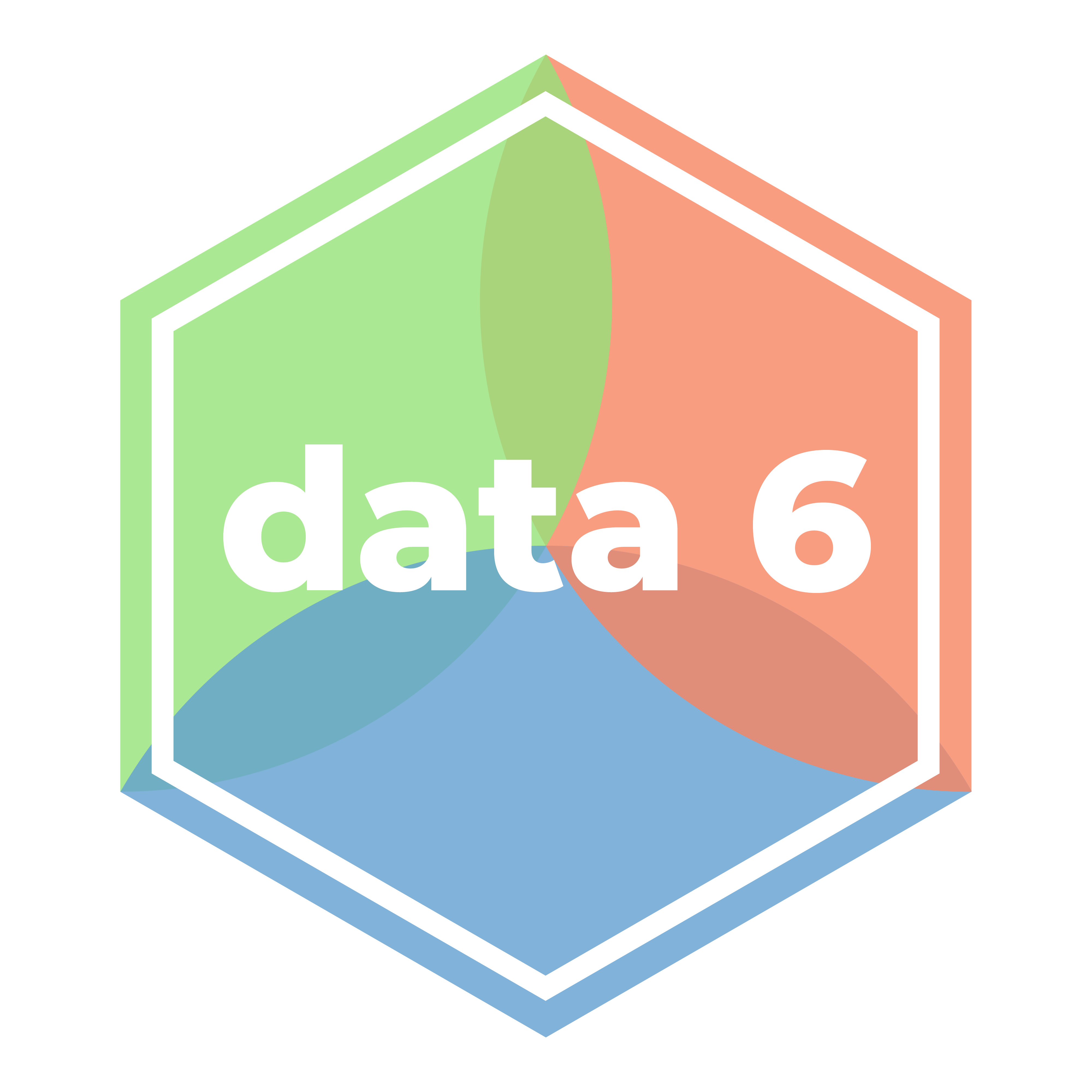Percentiles and Box Plots
Order statistics
Summary Statistics
Summary statistics are used to summarize a set of observations. These numbers often describe data distributions, though they are certainly not replacements for visualizations, which can describe the entire distribution in more interpretable detail.
For categorical variables, one summary statistic is the most common value that appears in the dataset.
For numerical variables, there are many more summary statistics that collectively describe center and spread. We’ll discuss these in much more detail soon, but first we must introduce a statistical concept called percentiles.
Percentiles
Read Ch 13.1, which defines percentiles.
Before continuing, make sure that you:
Understand the definition of percentile:
The \(p\)-th percentile of a collection is the smallest value in the collection that is at least as large as \(p\)% of all the values.
Can compute a given percentile from a small array, e.g.,
array([ 6, 7, 9, 12, 17])
Five-number summary
As described in the chapter above, percentiles describe quartiles:
- First quartile (“Q1”): 25th percentile
- Median: 50th percentile
- Third quartile (“Q2”): 75th percentile
The five-number summary is defined as: * Minimum * First quartile * Median * Third quartile * Maximum
Challenge: What pecentiles are the minimum and maximum, respectively? Use the definition of percentile in the textbook.
Box Plots
A box plot—also known as a box-and-whisker plot— is a visual representation of the five-number summary.
Refer to the Fall 2025 lecture slides for a description of box plots. The accompanying lecture notebook has an activity to aid you in interpreting box plots.
You will not need to write code to plot box plots, but you should be able to draw them by hand given a five-number summary. You should also be able to interpret and compare sets of box plots.
When to use box plots?
Box plots are somewhat between a histogram and summary statistics in terms of interpretability. By ordering and visualizing the five-number summary, box plots help data scientsts understand where data are concentrated (e.g., in the interquartile range), and whether the data exhibits some skew (e.g., in the whiskers).
Box plots are an abstraction of the histogram—effectively, it plots four equally-sized bins of data on one-dimension. Box plots are therefore often used to compare different subsets of distributions to one another. But to understand more about any given distribution, plot a histogram, or look at individual records.
External Reading
- (mentioned in notes) Computational and Inferential Thinking, Ch 13.1
